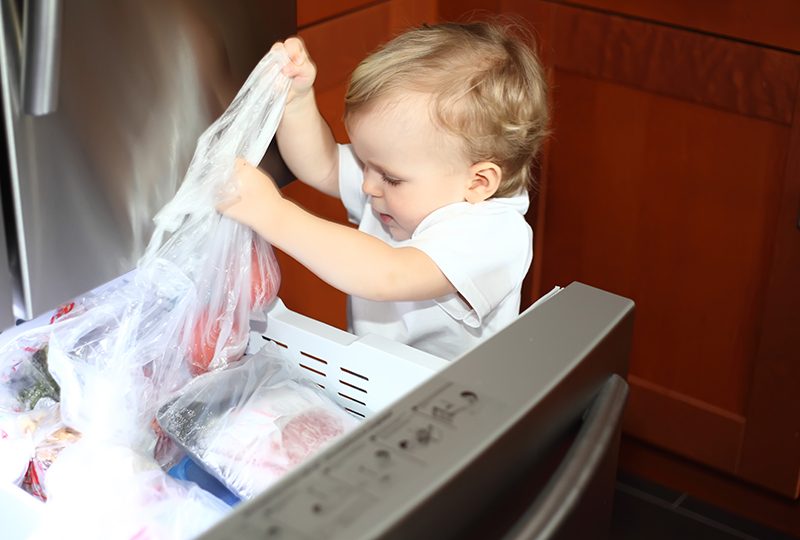Finger Play
Your six-year-old's LEGO creations are eye-catching and intricate and he budgets his allowance to the penny. It's no wonder his relatives are already placing bets about the math future he's bound to have ahead of him. (Naturally, he's offered to keep track of the bets.) So just what are the odds that you're raising a future mathematical genius?
According to researchers at the University of Bath, you can add another rumor to the math genius rumor mill by examining your child's fingers. As crazy as this may sound, the ratio between the length of your son's index and fourth (ring) fingers may give you a clue as to whether he has is likely to have the mathematical edge. Typically, the ring finger is longer than the index finger in males—the result of the ratio and timing of sex hormone exposures prior to birth.
In the study at the University of Bath, researchers found that students who scored more highly in math were most likely to be the students with the male-pattern finger ratios. (They photocopied the hands of 74 boys and girls and then linked the handprints to the test scores.)
Just in case you're wondering, this pattern doesn't show up in girls. To start with, girls tend to have index and fourth fingers that are roughly the same length. And when these two fingers are different lengths, the discrepancy tends to be linked with increased verbal ability.
Ann Douglas is the author of numerous books about pregnancy and parenting, including The Mother of All Parenting Books and Sleep Solutions for Your Baby, Toddler, and Preschooler. Visit her online at www.having-a-baby.com







